The world of drag has always fascinated me, from the extravagant costumes and makeup, to the subliminal messages conveyed in shows. Yet it still draws negative criticism from many who have misconceptions about it.
What sets drag apart from other platforms is its ability to unite people from different cultures and backgrounds but also its eerie portrayal of who we seek to be ourselves. Television shows such as RuPauls Drag Race, have made drag mainstream yet it continues to receive a backlash from many. To learn more I decided to reach out to up and coming Israeli drag queen Nona Chalant a.k.a Ronny.
Nona has almost 6000 followers on Instagram and is the first Israeli queen to be featured in Italian VOGUE. His makeup and costumes portray avant garde fashion and artistry that is modern, captivating and unique. His photo was recently selected as the face for Eretz Israel museum exhibit which is one of many projects that continue to garner Nona attention.
I’m sure you can thus imagine my excitement when I reached out to Ronny for an interview about how he entered the drag world and what challenges he faces today. I didn’t necessarily set out to interview an Israel drag queen but given that Israel has such a large LGBTQ community I thought it would be a great choice!
That said, my hope is that you come away from this blog post with a more open mind and better understanding of what drag is if nothing else! Please enjoy and share.
photo by: Nir Slakman
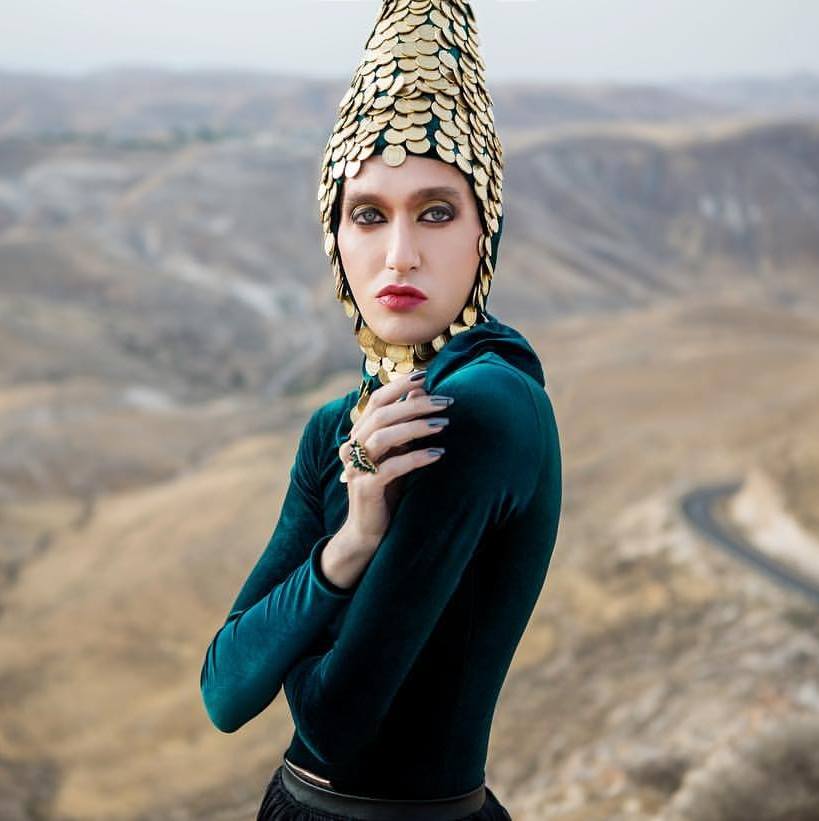
Can you please provide some background information and tell me a bit about yourself?
I was born in a northern town in Israel called Migdal HaEmek and raised in a traditional home. As a child, I was always painting and very artistic until my mother decided to enroll me in art classes where I learned new skills.
Growing up I didn’t have any gay role models but after I had a girlfriend for a year and 1/2 I started to ask myself questions.
When I later entered the Israeli army, I had a crush on a guy and thought “okay maybe there is something to check here.” So I googled, what it means to be gay and said “okay I think I’m gay.” I eventually told my parents, who were very open and liberal about it from the start.

What made you enter the drag world?
I served as a photographer and graphic designer in the Israeli army in Tel Aviv which exposed me to a lot and I thought to myself “okay, I’m going to live here”. I soon began to work on a lot of projects and was producing one production after another in photography and graphics which came naturally to me. Although I am very shy by nature, I know what to do behind the camera. I later moved to Tel Aviv and landed a position in the news as a graphic designer and although I enjoyed it I thought life is too short and I should do what I want to do. As a gay person I began to ask myself hard questions such as why people think I am different and why its an issue but after a while the “why” became “why not”.
I began to research the culture of drag on the side and thought “okay maybe I can try this.” Meanwhile while I was still working for the media I began to shoot fashion productions and editorials as a photographer until one day I saw this guy do some amazing work with makeup that changed my whole frame of mind. After I watched him transform this model my instincts kicked in and I called my friend the next day so we could learn how to do makeup.
I learned a lot during that time and also began photographing Israel’s night life on the side which was a breakthrough for me since fashion shoots have so many rules. Israel’s nightlife presents a different stage, people want the shock effect and I thought, “wow, I really like it here and can go crazy.” This was my first encounter with drag queens in Israel which inevitably led me to create a number of fashion productions.
Photo by: Daniel Kaminsky
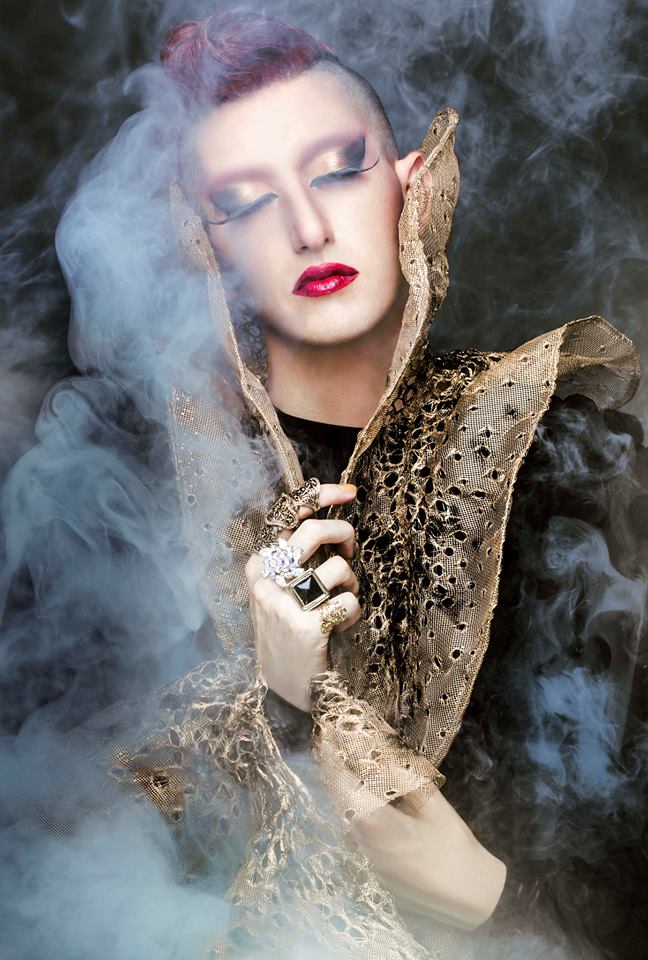
What led you to create House of Nona? What does it mean?
A good friend of mine said, okay you need a name, a brand, a Facebook page and Instagram and I thought really? He suggested something non nonchalant and we thought, how about Nona Chalant. I discovered that “House of” is from the gay culture and began to do collaborations with Israeli artists who like avant garde which is similar to themes I enjoy in addition to extreme and alternative fashion and thought House of Nona could be a platform to share that.
Where do you draw your inspiration from?
I draw my inspiration from everywhere. It could be a piece of fabric, an idea or a dress but I also like to think I have a good idea for potential and when I feel something that really moves me I can see the whole picture. This really helped me as a photographer but also in drag when I am trying to reach a concept. I just need to have an idea and can imagine the full picture.
What are some subliminal messages you try to convey through your work?
It depends on my mood. Sometimes it can be political based on what’s happening in the world and whether I would like to make a statement. For example, gay people are still unable to marry in Israel so I did a fashion shoot where I dressed up as a black bride with two other individuals dressed in white and went to the office where they provide traditional marriage licences to do the shoot, which got a lot of coverage. But most of my work is from the inside out and what keeps me alive is when I surprise myself with a new look. Drag, costumes and makeup bring out a new side of you every time. I try not to define myself so much and to have fun with my identity.
Photo by: Jud Mosko
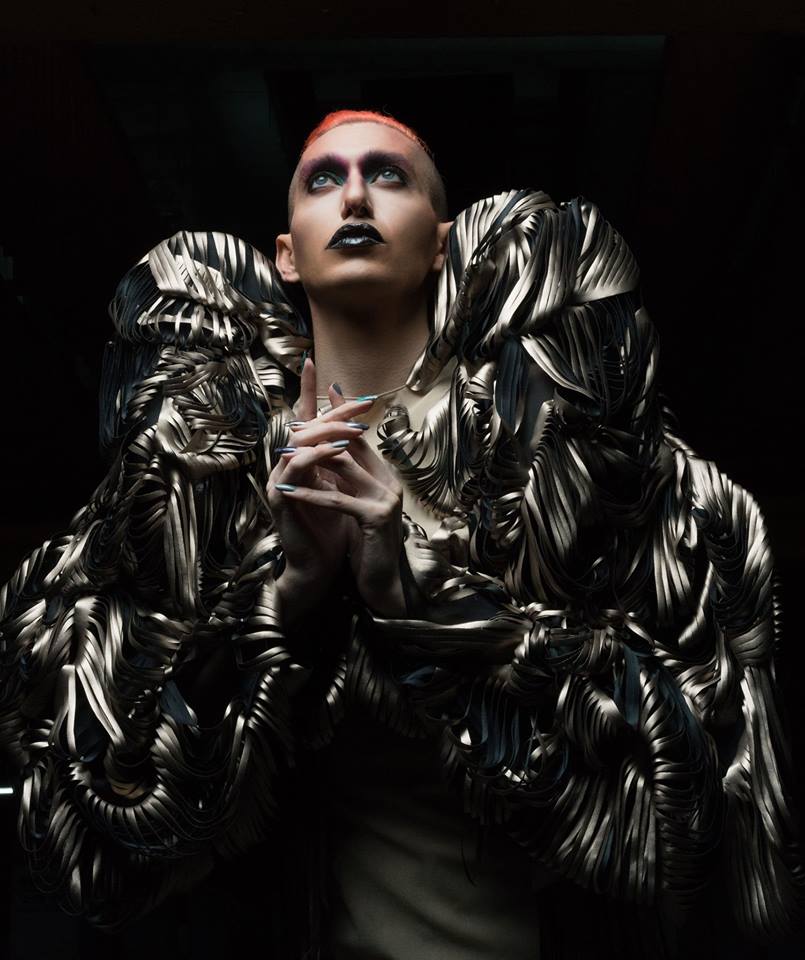
What are some common misconceptions you feel people have about Drag?
I think there is a sexuality issue. I am okay being Ronny and I’m okay being Nona, I’m not hiding myself. I don’t want to be a woman, although I found a lot of power and femininity in being a woman, but its not about that, I can be what ever I want. Old school drag may have been about recreating a woman but now it is all about finding your own persona and expressing it.
How has Drag evolved in Israel? Globally? In what ways has it influenced Israeli society?
I think drag has become even more mainstream and believe in the past gay people and queers may have not have had a platform to share their persona. I think everyone has their own closet and the more they see drag queens, the more they see a reflection of themselves and I think that’s the question people are asking themselves more since drag has become more popular.
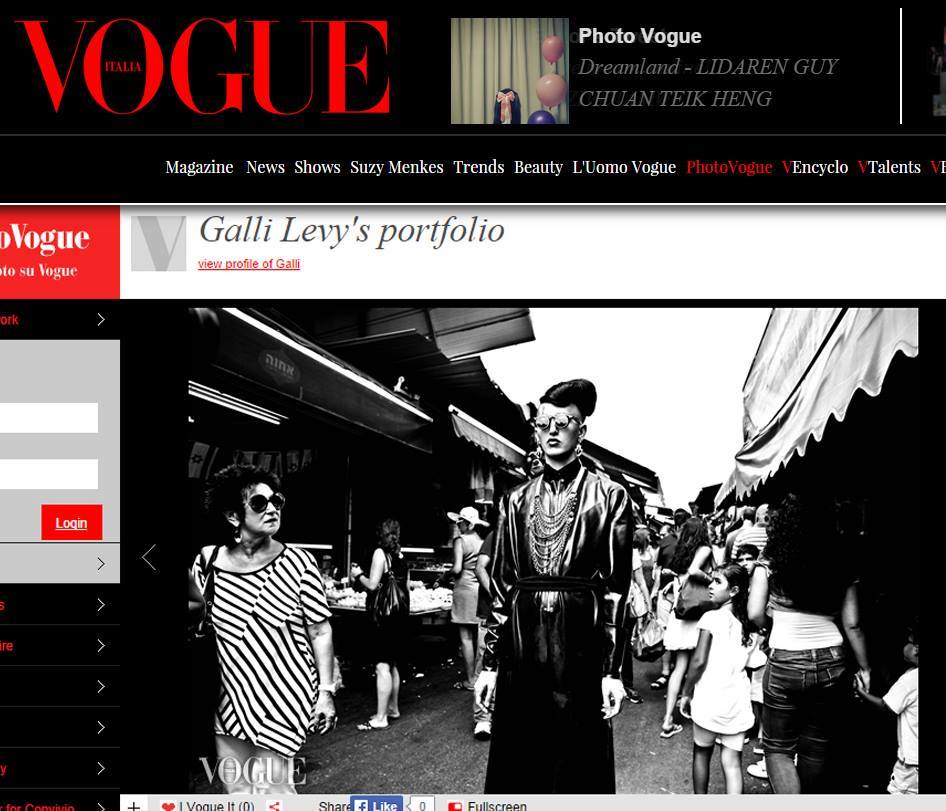
What are some challenges you face in the world of drag? What has helped you get through them?
I think that has to do with my own insecurities and stigmas about drag. When I first started drag, I didn’t want people to call me a drag queen and in my mind I kept telling myself, no I am doing fashion, but with time I embraced it, because I though to myself, “okay I will be a drag queen , and I will be the best drag queen I can be,” even in Israel when it was not so popular at the time. So you can call me a drag queen, you can call me a fashionista, you can call me whatever you want because I love what I do.

Nona Chalant poses with singer-songwriter Boy George.
What are some projects you are currently working on?
I am currently doing some lectures and the last one I did was for a museum which choose a photo of me that will be used for the biggest exhibition in the museum. I had a poster of my face all over Tel Aviv and it was the first time a big institution in Israel put drag in the forefront and for me it was a big achievement. I am also still doing fashion productions and am currently doing a children’s talk show which talks how we are not born with stigmas but rather to accept everything and to embrace differences. I am also an ambassador to Tel Aviv and work with the tourism department and the municipality to provide fashion tours. I think its also worth noting that I have one moto in life ,”Take your art out of the closet.”

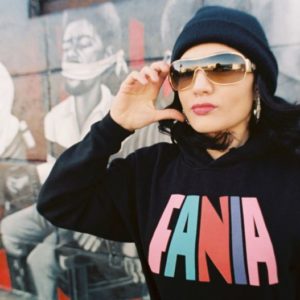
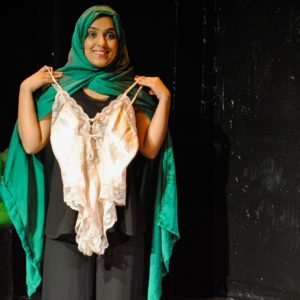
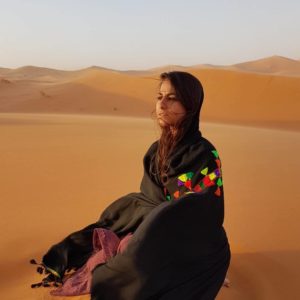
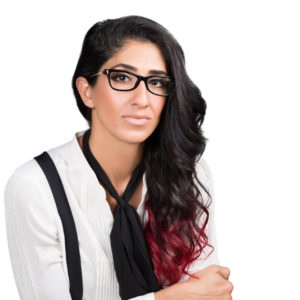
Leave a Reply